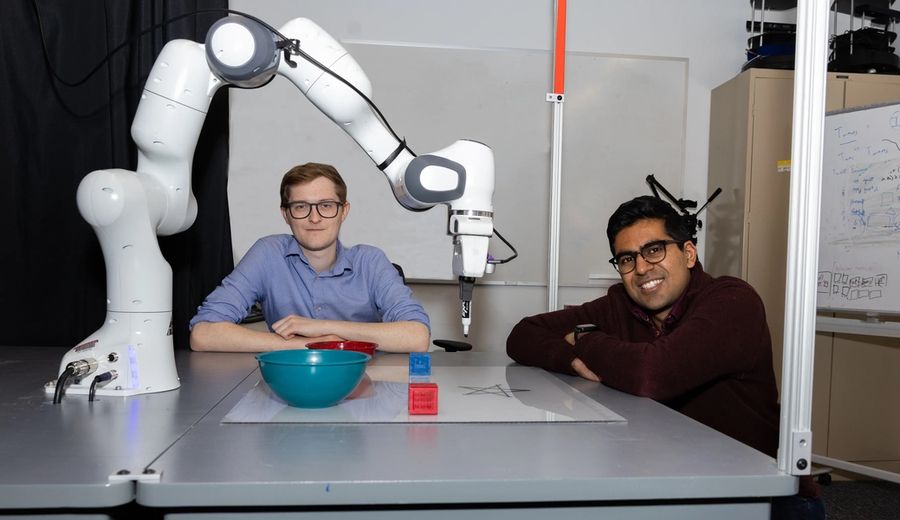Educationa month ago
Education
- All
Educationa month ago
Hillbot Alpha: AI Training and ‘Sim-2Real’ Robotics Soon to be Integrated in Day-To-Day LivingA complete autonomous mobile manipulation robot, ‘Hillbot Alpha’ is mostly
educated through simulation applications. San Diego-based robotics startup Hillbot

Education3 months ago
Elementary Students Get Hands-on With Advanced RobotsThe young learners quickly picked up basic programming skills while working with the machines.
School officials say the program aims to get more students interested in science and technology early.
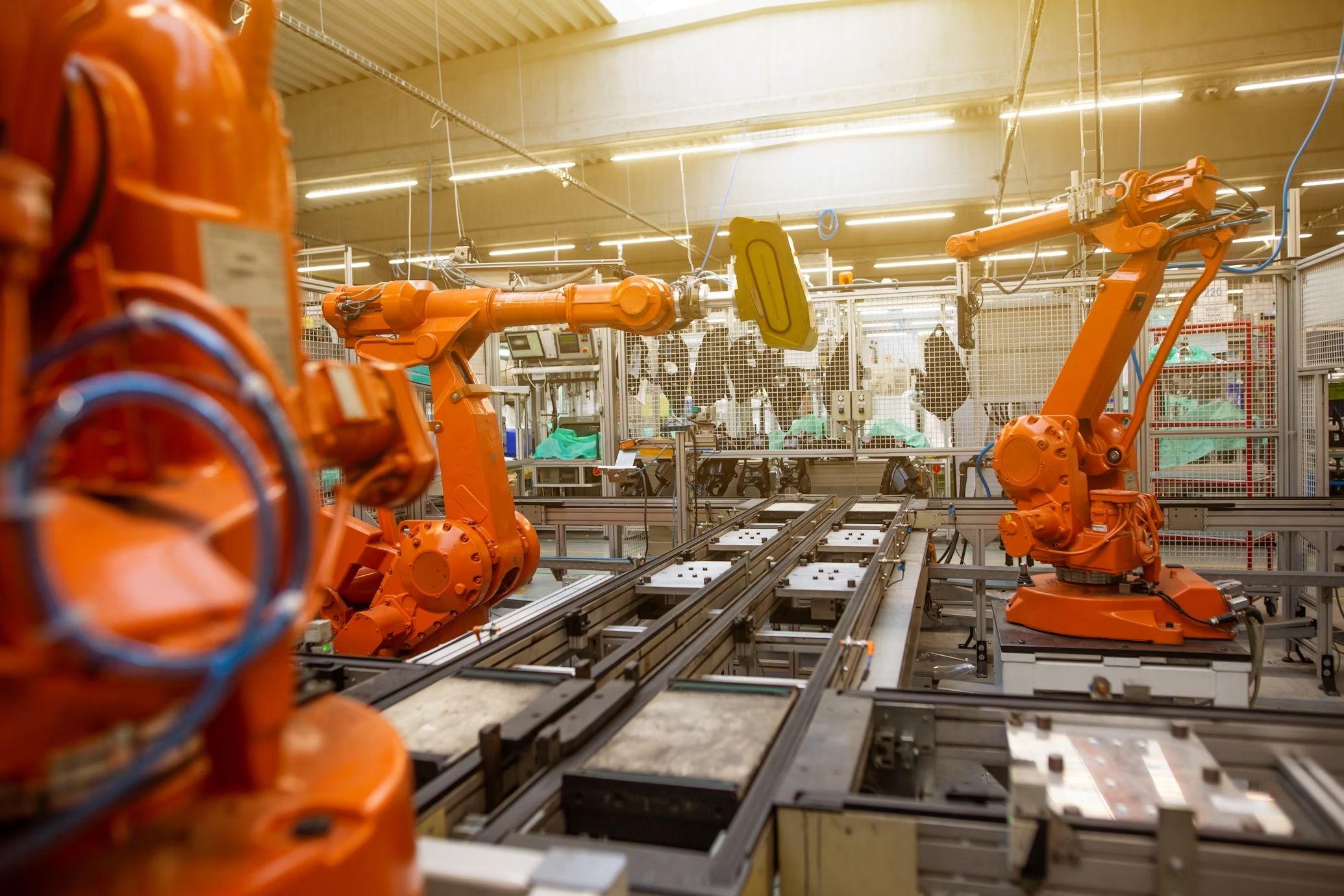
Education3 months ago
New System Helps Robots Move More Like HumansThe breakthrough helps robots handle different tasks by changing how rigid or loose their limbs become.
Researchers copied how the human brain and muscles work together to control movement.
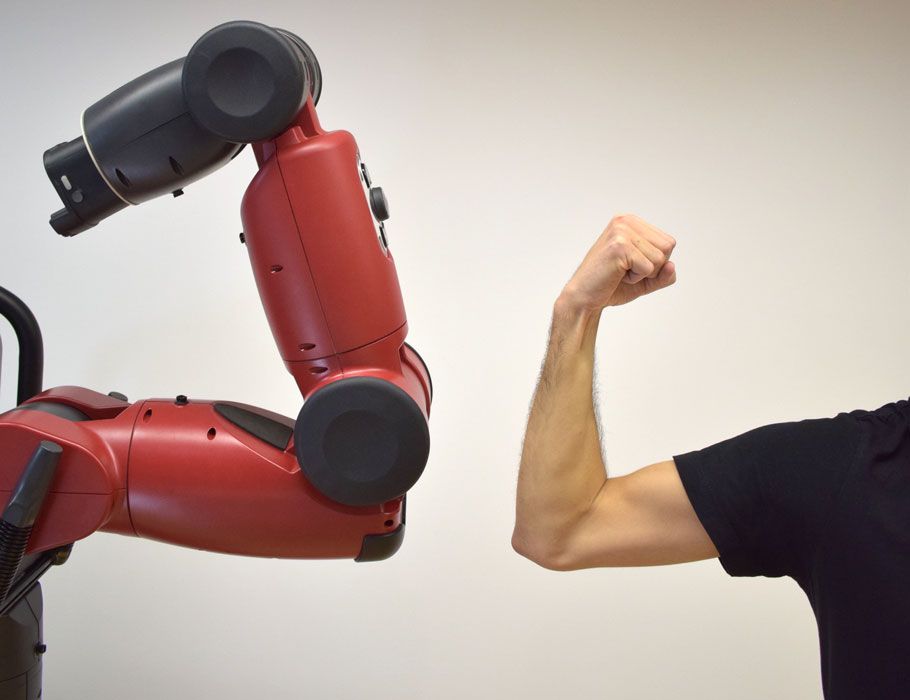
Education3 months ago
Stanford Expert Shares AI’s Impact On RoboticsThanks to advancements in LLMs (large language models) such as ChatGPT, robots of different designs and configurations can be equipped with better task planning and reasoning processes. This is all according to Stanford University’s Jeannette Bohg, a prominent robotics expert, during an episode of The Future of Everything podcast.
Bohg highlighted that these AI models possess built-in common-sense knowledge, allowing robots to outline steps for tasks like meal preparation. However, she pointed out that current AI technologies still struggle with precise robotic actions, such as controlling the exact movements of a robot's arm.

Education4 months ago
Robot Expert Retires After Pioneering Nuclear Cleanup WorkRobotics legend Carnegie Mellon is retiring after 40 years in robotics. Hailing from Carnegie Mellon University, Chuck is known for creating robots tasked to inspecting the Three Mile Island nuclear disaster site. His work helped launch modern field robotics technology.
Whittaker started at CMU in 1985, developing robots that could safely enter radioactive areas at Three Mile Island near Harrisburg, Pennsylvania.

Education4 months ago
Canada Must Boost Robot Use to Fix Productivity CrisisCanada ranks 15th among 20 countries in industrial robot use, the International Federation of Robotics reports.
The Bank of Canada has declared the country's productivity situation an

Education4 months ago
New Stanford Research System To Generate Realistic Human-Object Interactions Out Of Natural LanguageResearchers at Stanford had developed a groundbreaking system that can use natural language instructions to generate long-horizon and realistic human-object interactions. This innovative technology combines advanced natural language processing with motion generation and reinforcement learning, allowing for seamless interactions that include precise finger movements.
The system employs a three-step strategy:
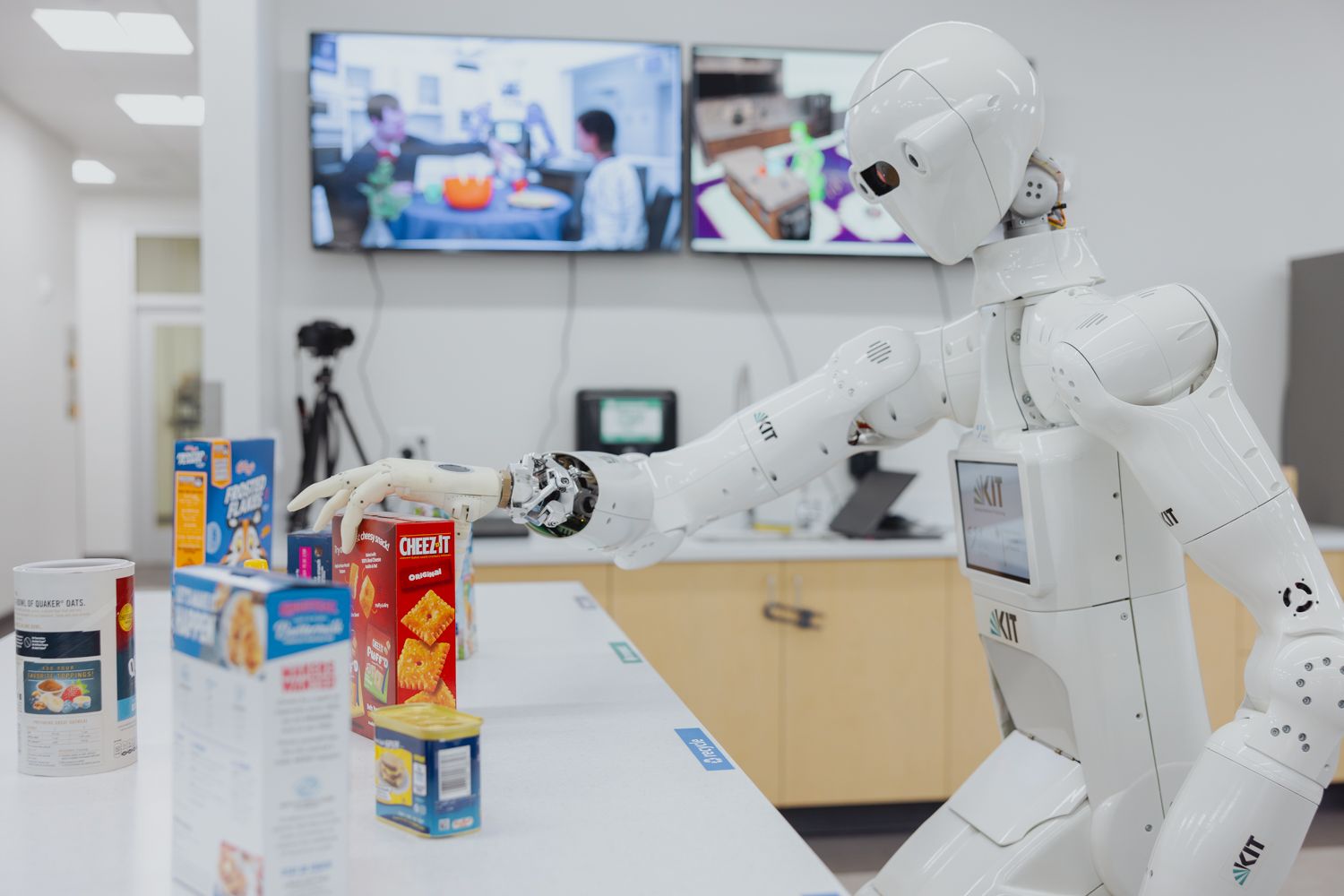
Education4 months ago
Stanford Opens New Hub for Robot ResearchThe center opened November 1 with demonstrations showing robotic arms doing household tasks and simulated surgery using special cameras.
The facility fulfills a 15-year vision shared by Khatib and Mark Cutkosky, a mechanical engineering professor at the university.

Education4 months ago
Internet Videos Help Robots Learn Human MovementScientists have created a new way to teach robots how to move by using millions of internet videos showing human actions. The breakthrough system, called Humanoid-X, contains 20 million robot poses matched with written descriptions of movements.
This video-based training method aims to make robots better at copying human actions in real-world situations.
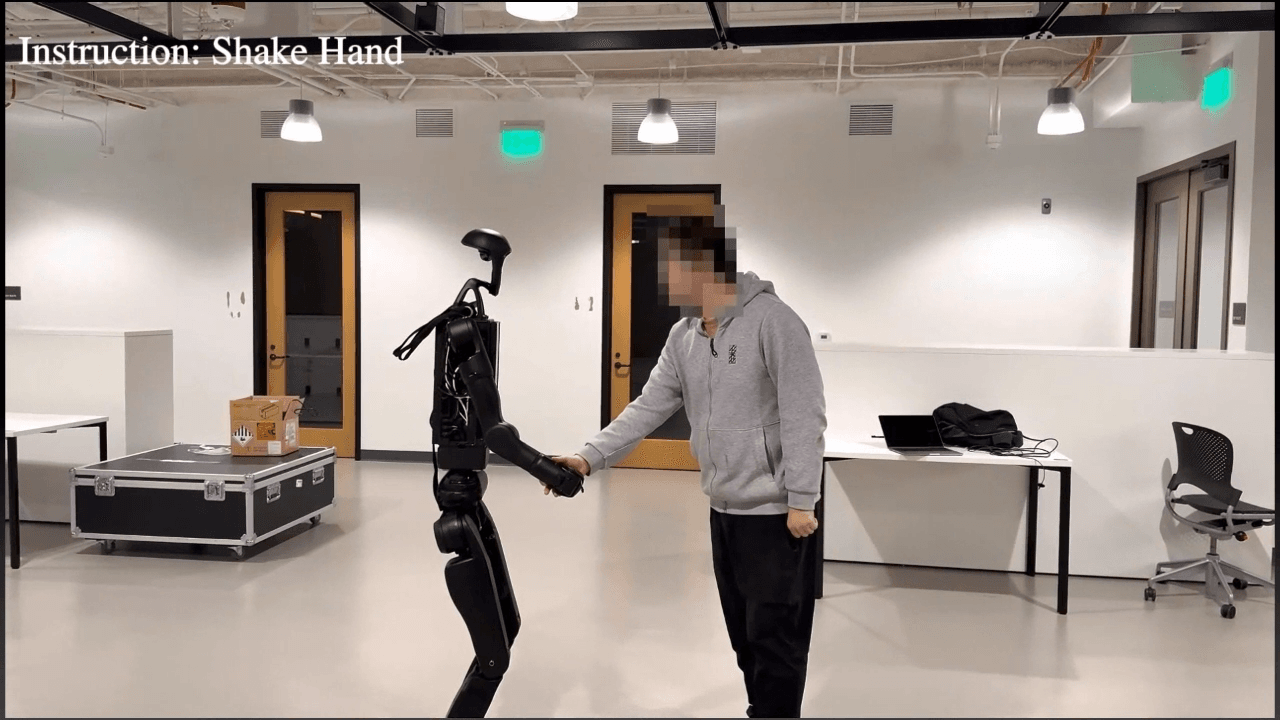
Education4 months ago
MIT Researchers Teach Robots to Think Before They Act Through New Simulation MethodResearchers at MIT's Computer Science and Artificial Intelligence Laboratory (CSAIL) have developed an innovative method to enable robots to safely tackle open-ended tasks. Named "Planning for Robots via Code for Continuous Constraint Satisfaction" (PRoC3S), this approach combines large language models (LLMs) with simulations to help robots understand their limitations and effectively carry out complex chores.
The challenge arises when robots are asked to perform tasks without considering their physical constraints, such as reachability and obstacles. While LLMs can generate plans based on textual data, they often miss the contextual awareness needed for safe execution. This gap can lead to unrealistic plans that may require human intervention to rectify.
